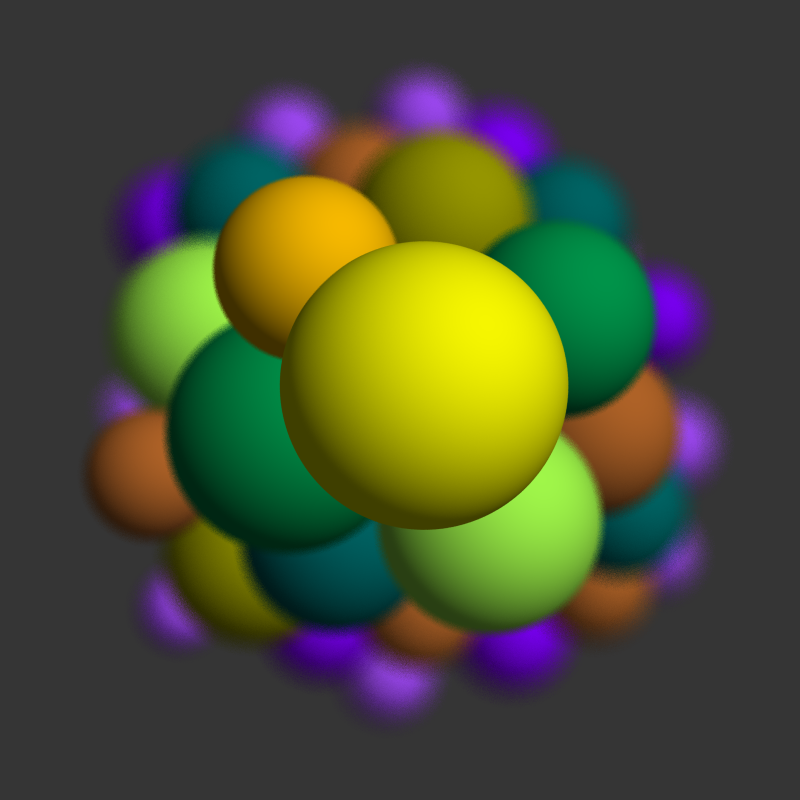Strange Adventures in Infinite Space is a game I remember fondly from the early 2000s – a simple and small game that could be played in the space of 20 minutes and was a lot of fun.

In 2005, the authors released the source code under the GPL, and I threw out a quick port of the demo only for Linux and promptly got distracted by other things. This port grew up into a more fully featured port by another individual.
A few months ago, I picked up a clean copy of the source and decided to tackle porting it properly. I also got in touch with the original authors and secured permission to redistribute the game data (since they had started releasing it for free) and was given their blessing to do so under the CC-BY-NC license.
The result is Strange Adventures in Infinite Space GPL, which now has it’s first set of public binaries available which include both a build of the game for modern 64-bit systems and the game data in a single, easy to deploy, bundle.
It’s been a interesting run – I’ve dug a lot deeper into the Infinite Space source code than I did last time and I know more about multi-platform porting, and especially about C++, than I did 15 years ago having been the steward of XSquawkBox for the past 5 years.
About the New Port
The new port started from pristine sources, so nothing from my original effort was kept.
The big goals were:
- To eliminate local directory writing where possible.
- When SAIS came out originally, it was perfectly acceptable for a game or application to write into its installation directory for save state or computed data – since Windows finally tightened up their default security, as has macOS, this is not a good solution anymore and needed to be addressed.
- This is the likely the main source of the “You need to run it as Administrator” myth that exists around many game titles on Windows – running the game as Administrator avoids the permissions issues, but really, the game shouldn’t be writing into it’s installation directory anymore.
- To modernise the codebase so it could run as a 64-bit native executable on 64-bit systems without issue.
- This was needed as macOS has eliminated 32-bit binary support from it’s most recent release (10.15), meaning 32-bit builds can’t be produced anymore, let alone run. Also, with the rise of arm and aarch64, native 64-bit support would be useful to be able to support aarch64 in the future.
- To try to untangle the codebase along the way.
- In the original Read Me file, the original developer (Iikka Keranen) comments “The code is hideous. Sorry. This was my second Win32 app.” He wasn’t kidding – some bits have taken quite a bit of effort to work out what they’re actually doing so I could plot a path forward with modernisation.
Right now, the 1.6.0 release ports deal with points 1 & 2. They build on modern systems and have some adjustments to make life more pleasant on said modern systems.
The binaries are all native 64-bit and should run on the lastest releases of their respective operating systems without significant issues.
Untangling the codebase is harder and is still underway when I get a bit of time and inspiration to come back to it.
Will there be a Web Version?
Whilst it is a bit of a cool party trick to build things using emscripten so they can run in a browser, it’s actually quite a large amount of work to do that to SAIS right now.
It’s not off the cards, but it needs a significant internal rework to address one big issue: SAIS’s code base has multiple main loops, one for each scene.
This is a big no-no in the emscripten interface as the main loop has to be yielded so the browser can continue to run and process events, and ideally you need one super main loop which calls event handlers in the scene code. Refactoring the game’s scene tree and navigation to support this flow is not a trivial piece of work, and there’s other bits and pieces I want to sort out before then.
If emscripten had resolved the fundamental requirement by having a yield function instead of a main callback, this would have been a lot easier to do.
(Ed: I’ve just noticed ASYNCIFY on the emscripten page which seems like it’s new vs when I first assessed the work required – this provides a yield-like function, so maybe it’ll happen sooner after all)
Future Work?
I’m a lot busier right now than when I started this – I mostly did this is a bit of a space filler between tasks and to get a quick personal victory in the game porting space to help deal with my tendency towards suffering from imposter syndrome as I try to change my professional focus. I doubt I’ll be able to seriously return to this for a few months, so the big stretch goals won’t be happening anytime just yet, but I should be able to find the time for general maintenance stuff.
























